Botanical Adaptations to the Desert
©Bert Gildart: Several days ago, I rode my bike by an area of Anza Borrego Desert State Park in which Hedge Hog Cacti were blooming in profusion. Next morning Janie and I drove by the same area and could not find a single Hedge Hog in bloom. I know that flowers of the species close at night, but apparently they remain closed when clouds are heavy and winds are blowing.
Hedge Hog is an interesting species for other reasons as well, specifically for the adaptations it has made to harsh desert conditions. In college, botany fascinated me and I took a number of courses on the subject as electives. Over the years I’ve used the information and hope others might enjoy hearing it here. Information about desert flowers is currently manifest because so many cacti are now in bloom.
Hedge Hog Cactus about mid day then (photo on right) early morning.
From memory and recent readings, I know that plants must open their pores (stomates) in order for photosynthesis to take place. But if they were to open them during the day, not only would they expel carbon dioxide but they would also expel water when it was needed most. Evolution and time, however, addressed that problem. At night, CO2 is converted into an acid and stored until day, at which time light helps complete the process of photosynthesis. (Remember photosynthesis is the opposite of respiration, the latter of which exchanges CO2 for O2.)
There are yet other plants that have evolved over the eons to desert conditions and those are explained by examining PACK RAT MIDDENS. Pack rats have life styles that contribute much to our understanding of the past. Rat families use middens year after year and century after century, and some of the oldest date back 40,000 years.
L to R: Phacellia, Forget-Me-Not (Cryptantha), Phacelia sp.
By examining the “middens” – contents, which are preserved by urine that hardens to such an extent that it almost appears they have ossified – scientist have been able to peer into the past. For instance, biologists know from the presence of identifiable seeds that certain types of phacelia, Forget-me-Nots, and Primrose existed in the Mojave 10,000 years ago. Subsequent to that time, however, these plants disappeared but then, about 3,000 years ago, somewhat similar seeds reappeared in the nests of pack rats, i.e,. their middens.
Janice E. Bowers, in an extraordinarily erudite paper (written for a botany journal), suggests two possibilities. She says the climate may have changed and then changed back, or, she says, members of the genus Cryptantha, Camissonia, Phacelia, and others, might have evolved features to cope with today’s conditions. In other words, my examples posted here could be relatively new species.
Booth’s Primrose
If so, then, these plants are products of the late Pleistocene, an epoch characterized by glaciers and with subsequent glacial lakes that created relatively mild conditions. Those conditions, then, account for the reappearance of seeds from the three genera (Cryptantha, Camissonia, Phacelia) I’ve included here. Common names are listed above, but again, they include Phacelia, Forget-me-Nots, and Primrose.
I’m fascinated by the ways in which nature has learned to adapt to specific challenges, and hope you enjoy this sharing of enthusiasm. Of course, by providing this information I also have an excuse to post images. One image shows the plant at midday, the other at the approach of dawn.
== == ==
SO WHAT WERE WE DOING BACK IN APRIL OF 2008?
4th ed. Autographed by the Authors
Hiking Shenandoah National Park
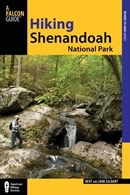 Hiking Shenandoah National Park is the 4th edition of a favorite guide book, created by Bert & Janie, a professional husband-wife journalism team. Lots of updates including more waterfall trails, updated descriptions of confusing trail junctions, and new color photographs. New text describes more of the park’s compelling natural history. Often the descriptions are personal as the Gildarts have hiked virtually every single park trail, sometimes repeatedly.
Hiking Shenandoah National Park is the 4th edition of a favorite guide book, created by Bert & Janie, a professional husband-wife journalism team. Lots of updates including more waterfall trails, updated descriptions of confusing trail junctions, and new color photographs. New text describes more of the park’s compelling natural history. Often the descriptions are personal as the Gildarts have hiked virtually every single park trail, sometimes repeatedly.
Big Sky Country is beautiful
Montana Icons: 50 Classic Symbols of the Treasure State
![]() Montana Icons is a book for lovers of the western vista. Features photographs of fifty famous landmarks from what many call the “Last Best Place.” The book will make you feel homesick for Montana even if you already live here. Bert Gildart’s varied careers in Montana (Bus driver on an Indian reservation, a teacher, backcountry ranger, as well as a newspaper reporter, and photographer) have given him a special view of Montana, which he shares in this book. Share the view; click here.
Montana Icons is a book for lovers of the western vista. Features photographs of fifty famous landmarks from what many call the “Last Best Place.” The book will make you feel homesick for Montana even if you already live here. Bert Gildart’s varied careers in Montana (Bus driver on an Indian reservation, a teacher, backcountry ranger, as well as a newspaper reporter, and photographer) have given him a special view of Montana, which he shares in this book. Share the view; click here.
$16.95 + Autographed Copy
What makes Glacier, Glacier?
Glacier Icons: 50 Classic Views of the Crown of the Continent
![]() Glacier Icons: What makes Glacier Park so special? In this book you can discover the story behind fifty of this park’s most amazing features. With this entertaining collection of photos, anecdotes and little known facts, Bert Gildart will be your backcountry guide. A former Glacier backcountry ranger turned writer/photographer, his hundreds of stories and images have appeared in literally dozens of periodicals including Time/Life, Smithsonian, and Field & Stream. Take a look at Glacier Icons
Glacier Icons: What makes Glacier Park so special? In this book you can discover the story behind fifty of this park’s most amazing features. With this entertaining collection of photos, anecdotes and little known facts, Bert Gildart will be your backcountry guide. A former Glacier backcountry ranger turned writer/photographer, his hundreds of stories and images have appeared in literally dozens of periodicals including Time/Life, Smithsonian, and Field & Stream. Take a look at Glacier Icons
$16.95 + Autographed Copy
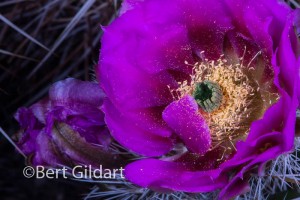
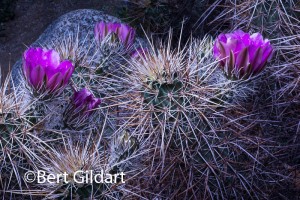
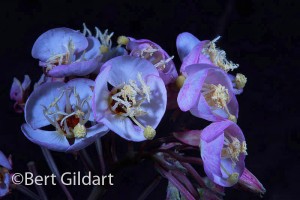
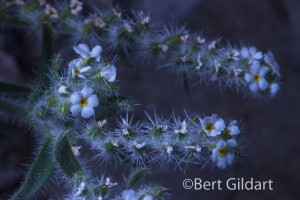
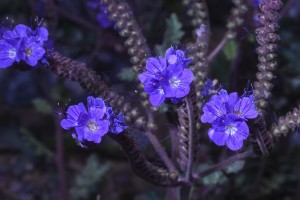
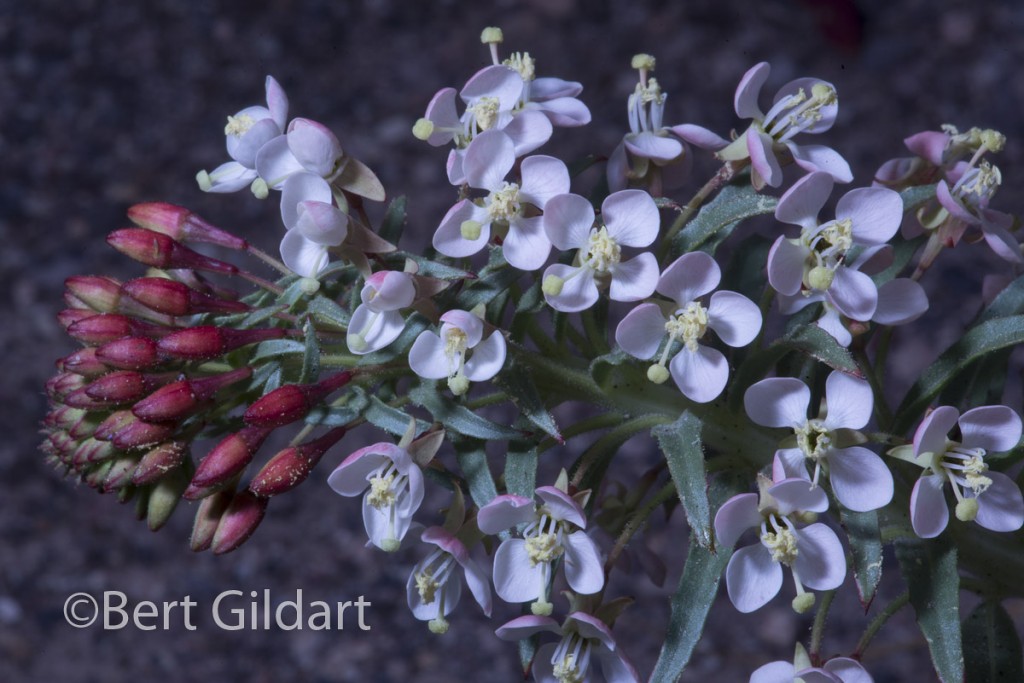


April 5th, 2016 at 8:06 am
Thanks Bert for your update on the Hedgehog Cactus and how plants adapt to the harsh desert conditions.
I always enjoy your photos, posts, and articles in Airstream Life magazine!